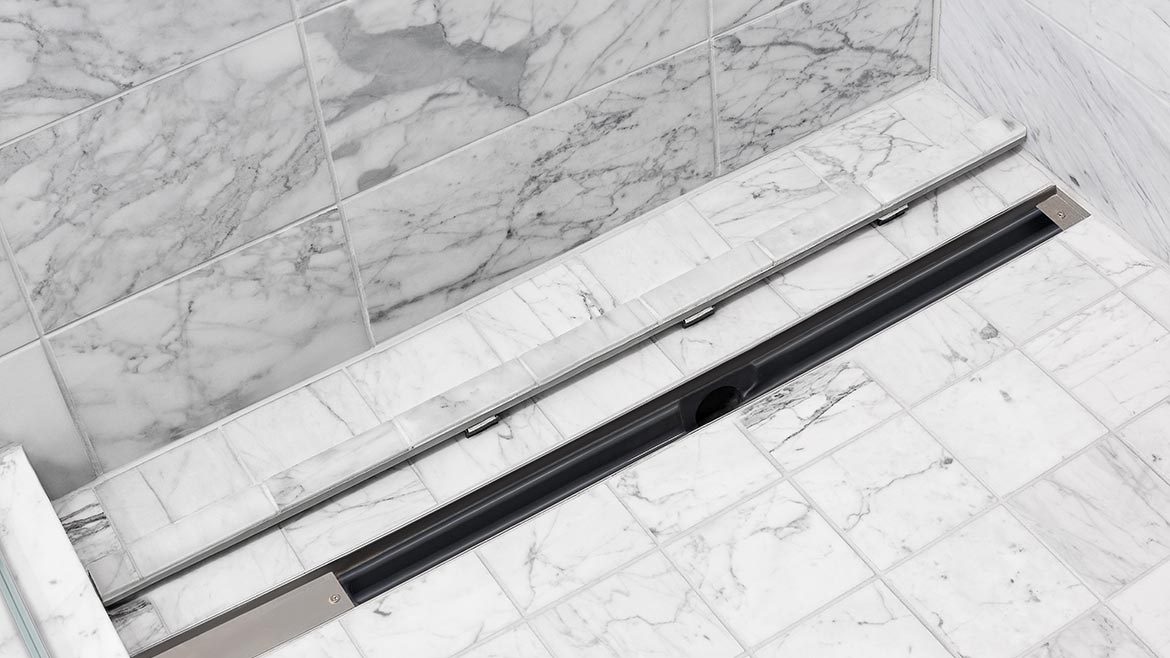

Furthermore, imported products have had a positive influence on the wood business in regards to volume and profitability of our retailer/contractor panel (chart 1).
Sixty-seven percent of those surveyed expect their residential hardwood floor covering sales to increase, compared to 2003, driven by consumer demand and interest, and home building. The other one-third is divided, with 27 percent expecting business to stay the same as 2003 and six percent expecting a decrease (chart 2).
Here's a snapshot on the wood segment from retailers/contractors speaking out in the survey.

Bruce was named the top-selling brand of hardwood in this year's study with a 25 percent mention, followed by Mannington Wood at 17 percent. In third position was Hartco/Robbins combining for an 8 percent share. Characteristics cited most often in naming Bruce were display, name-brand recognition and price.
Nail-down or staple is the most frequent installation method with 42 percent share, followed by adhesive installation at 31 percent and floating (glueless) at 26 percent. Three-inch-wide product is the best-selling width of surveyed stores with a 46 percent share; compared to two-inch width at 38 percent; and four-inch-plus width, 16 percent. Wood products are being used 91 percent residentially and just 9 percent commercially. Engineered products (54 percent) are being selected over solid-wood products (46 percent) by a single-digit margin.
Factory prefinished products (84 percent) now hold a commanding lead of wood products selected for purchase over job-site finished (16 percent). Oak is the top-selling species of hardwood floors.

Sixty-eight percent of our respondents are selling exotic hardwood products. Brazilian Cherry is the most requested species, with BR-111 Exotic Hardwood Flooring the most often-mentioned supplier.
Nearly half (47 percent) of retailer/contractor respondents are selling machine/hand-scraped wood products. Anderson Hardwood Floors, Pinnacle Interior Elements and Mannington Wood Floors are the top-mentioned suppliers of these products.
Twenty percent of our respondents are selling reclaimed wood products. Carlisle Restoration Lumber is the most requested supplier.

Thirty-seven percent of our retailer/contractor survey panel hears negative concerns from consumers regarding hardwood floors they have selected for their homes. These concerns are topped by gapping in winter/seasonal movement, scratching/marks, dents and scratches, and maintenance.
Similarly, 36 percent reportedly feel the recent lumber shortage and price increases have affected hardwood sales and profitability.

Our retailer/contractor respondents are using a combination of in-house labor and independent contractors to get the jobs completed. Thirty percent use in-house installers only, 55 percent use independent contractors only, and 15 percent use both in-house and independent labor. And, when providing installation services, 89 percent of our retailer/contractor participants specify all products to be used on the job.
These are just some of the findings in NFT's 2004 Hardwood Flooring Market Study. The complete study is available for $225 each or $195 for multiple copies.
Editor's Note: National Floor Trends commissioned another in our ongoing series of wood market studies to help flooring retailers/contractors enhance the success and profitability of their businesses. Identifying current wood trends and projecting the industry's future direction is imperative to making strategic decisions that ensure growth and prosperity.
The survey, which received an 11 percent response rate, was sent to a representative cross-section of 2,000 active, qualified floor covering dealers/contractors selected on an Nth name basis from the domestic circulation of NFT subscribers.
Among the topics covered are: hardwood floor covering sales generated each month; annual hardwood floor sales; average ticket amount per hardwood floor sale; best selling hardwood floor width; floor space devoted to hardwood floor products; residential/commercial hardwood percentages; factory finished, job-site finished percentages; solid vs. engineered sales; top selling hardwood species; top selling exotic; top selling machine/hand-scraped wood; top selling reclaimed wood; top selling brand of wood flooring; negative concerns from consumers about hardwood floors; issues impacting hardwood business; how lumber shortages/price increases affect volume and profitability; domestic vs. imported product quality issues; impact of imported products on wood business; employ own installers or use independent contractors; specifier of installation products used; offer wood refinishing services; expectations for 2004 residential wood sales; expectations for 2004 commercial wood sales; and challenges wood manufacturers need to overcome.


